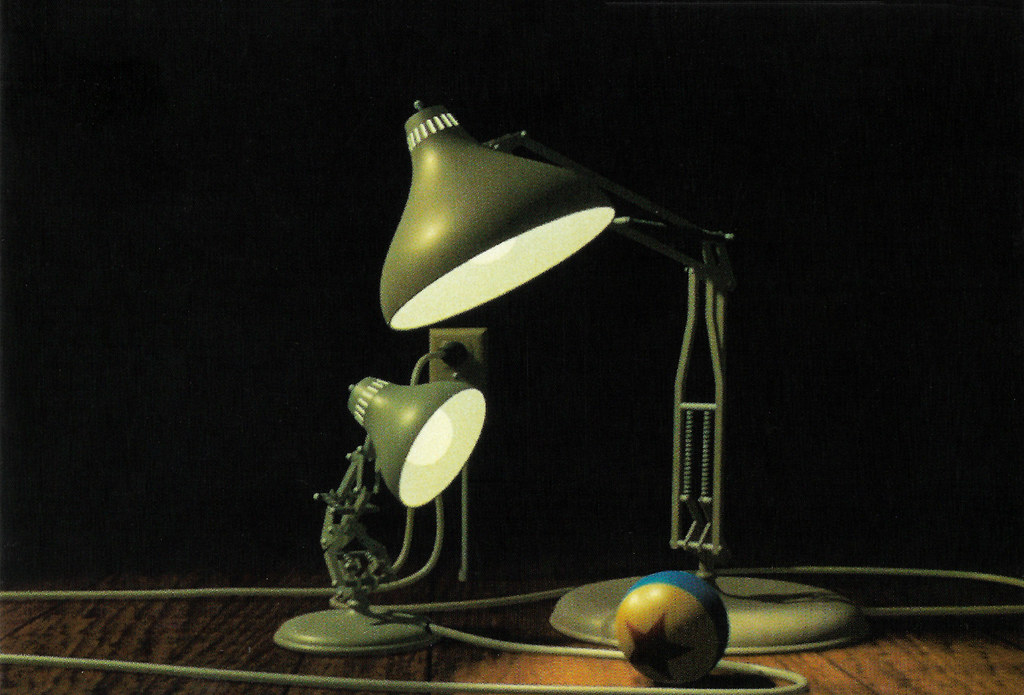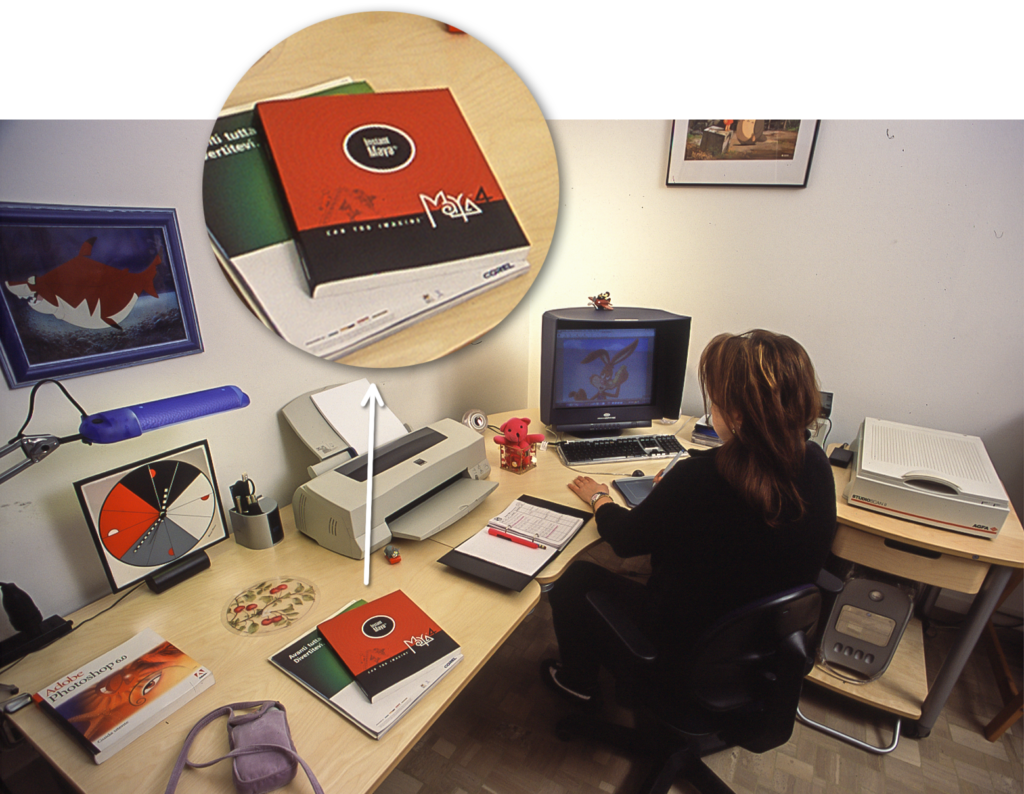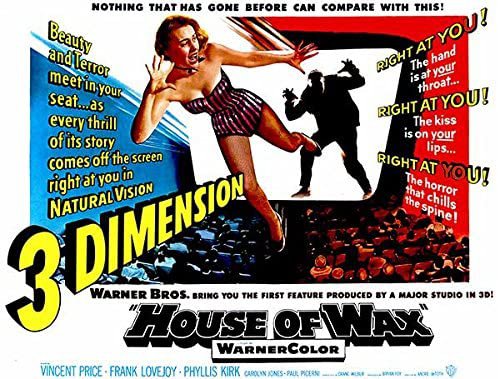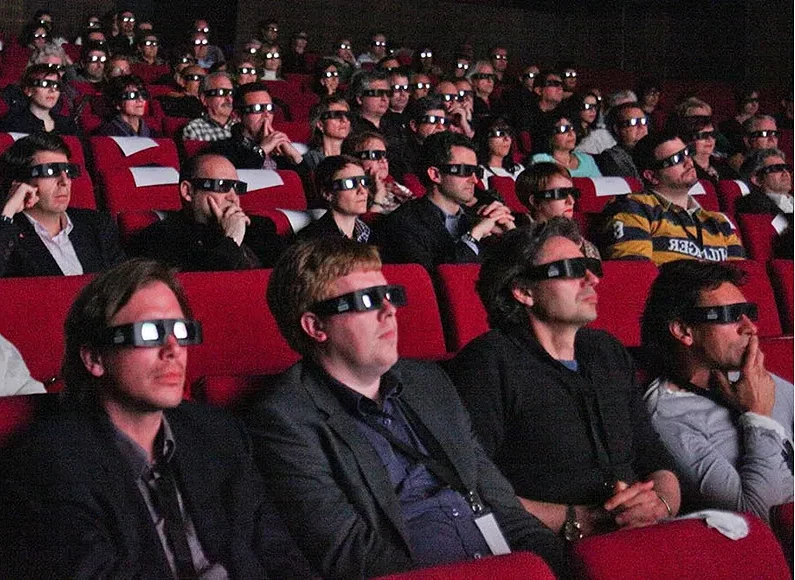
In the previous article I tried to tell how I experienced what was the first modern revolution that involved the animated medium, after the “historic” ones that occurred with the advent first of the cel, then of sound, and finally of color processing; that is, the transition from traditional analog to modern digital processing.
The second great revolution I was able to witness was triggered by the irruption into the field of that unrepeatable and extraordinary laboratory of ideas and technology (it is no coincidence that Steve Jobs had a hand in this story) which was Pixar in San Francisco. An advent that messed up the cards in play and caused a real restart from scratch for the entire industry in the sector.
Mainstream productions had now reached, driven by the previous revolution, a phase of maturation and sophistication unheard of until then. At the same time, production costs had risen vertically, as had the time required to produce a single feature film.
The products continued to have good success, but the public had quickly become accustomed to that visual quality, and demanded more and more new stories and emotions, while the competition between the Majors (in particular that between Disney and Dreamworks) pushed to an ever more unbridled rush to the “spectacular spectacle”, to the “never seen before”. These were the “happy” times I mentioned above, in which animators (not only in D & D, but also, as a result of the drag effect, to a greater or lesser extent, throughout world production) were in demand, sought after, well paid, even pampered by the Production Companies. I myself was already part of the game at the time, and I must say that I worked – and earned – quite a bit in that period.
But the times (and few completely predicted it, even if the clues had been clearly visible to everyone for some time) were ripe for a definitive breakdown of balances which now seemed stabilized and set to continue forever.

Paradoxically, it was not Pixar (which showed the way, but which was long considered just a silly “hi-tech experiment”) but Dreamworks, in the figure of its CEO Jeffrey Katzenberg, who pronounced the definitive “death sentence” for the traditional 2D feature film production.
For the first time in history, such an important and decisive industrial and cultural turning point was officially and explicitly sanctioned in a public, almost institutional speech, which established without mincing words, a “before” and an “after”: cold economic calculations and of industrial opportunity, they explicitly equated animated cinema – up until that point, for better or worse, a mainly artistic and cultural product – to any manufacturing industry, such as a Detroit car factory or, at most, one of the Silicon Valley microchip companies.
This radical turning point, without leaving much time for a minimum of gradualness in the changes, immediately resulted in the almost instantaneous loss of an entire category of skills and highly specialized artists and technicians, including, this time, also animators, figures, as we saw before, essential to the very existence of an animated film, but that they too now had to pay their heavy tribute to innovation.
Personally, I have a vivid memory of the moment in which I learned, during an Annecy Festival, that the production I had been involved with in the early stages of production for a nice feature film project had decided overnight (without even having the necessary technical means and workers yet) to “upgrade” the entire project from 2D to 3D.
Production suddenly stopped, while waiting to develop the necessary know-how, and I and others, even though we were already under contract, were “dumped” without too many compliments, and had to quickly find survival alternatives.
In any case, many of us have changed jobs, or sectors, or roles (for example by throwing ourselves into storyboards, where the great drawing ability of animators is naturally highly appreciated), or we have adapted well or badly to the trend, as I did, acquiring enough knowledge of 3D systems in the shortest possible time to avoid exiting the market, and, finally, survive. Luckily my previous experience helped me a lot in this endeavor, but it was neither easy nor cheap.
A Stereoscopic Dream

Also during this process a “minor revolution” occurred, which however largely failed, and which I like to mention only to demonstrate that technological achievements in themselves do not always produce lasting and historically significant changes.
I’m talking about “stereoscopic 3D”, a direct offspring of the standard 3D pipeline. There was a brief period of enthusiasm, driven by the majors who were aiming for a new form of entertainment and involvement of the people, such as to bring them back to cinemas, where audience attendance was progressively and alarmingly declining.

It was understood quite quickly, however, that it was not an authentic revolution: the technological component was actually not very relevant (today any professional 3D application off the shelf has its own stereoscopic setup), while the visual experience offered was not so engaging as expected, also forcing the public to wear an individual optical “prosthesis” that not everyone willingly tolerated, and which for everyone still constituted a distraction and a break in the “suspension of disbelief” necessary to enter the narrative, and therefore achieving a good emotional and sensorial participation. All this without there being any authentic evolution of the language that would justify its use for the narration of the story, and further inflating production costs without this producing a proportional increase in box office receipts.
In the end there was not a total general conversion of the theatres, as happened first with sound and then with colour, and today stereoscopic 3D remains in use only in a few selected theatres and IMAX, but without really affecting the success of a mainstream production, which now, as we will see, has taken other paths.
In the meantime, in fact, another “revolution” was looming, which would soon prove to be the most radical of all the previous ones:
The Third Revolution: “Internet Cafe”
